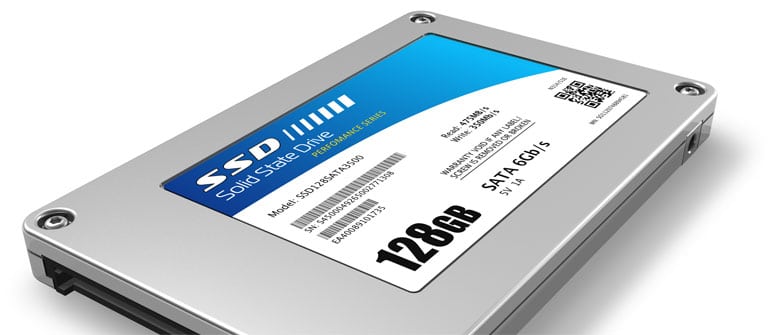Strategic Upgrades
It has happened to all of us. That new computer that you got just a few years ago is starting to slow down. It’s not old enough that you feel justified in complaining too loudly about it, but you’re on it all day every day and you’re tired of waiting. Boot times get longer and longer and the frustration mounts.
In the past the answer to this question was to reload Windows and possibly upgrade your memory. While that works for a while, eventually your hard drive will start to slow down again and your boot times will increase. My new recommendation would be to spend a couple hundred dollars on a Solid State Drive (SSD).
Solid State Drives have been around for several years now, and as the technology has matured, prices have dropped and better drives have evolved. The secret of the SSD’s super-fast boot times and application load times comes from the very core of the technology. Instead of running off of spinning metal platters with a magnetic coating like traditional hard drives, the flash drive stores data on interconnected flash memory chips that retain data even when there is no power present. The advantage of this is that there are no moving parts to break and the data can be accessed at a much greater speed. Even low-end SSD drives will blow away just about any spinning drive for performance.
Lucas Mearian summed it up in a recent article in Computerworld:
“The overwhelming majority of end users will never fill a 1TB internal drive, while just about everyone will be able to appreciate the incredible performance boost that an SSD provides. For the money, there is no other system upgrade that will give you the performance boost of an SSD. That goes for consumers and data centers alike.”
So if your computer has been suffering from a case of the Mondays for the last several months, consider
an upgrade to an SSD. If you have questions about how to get there, feel free to get in touch with the
experts at i.t.NOW who can help.


